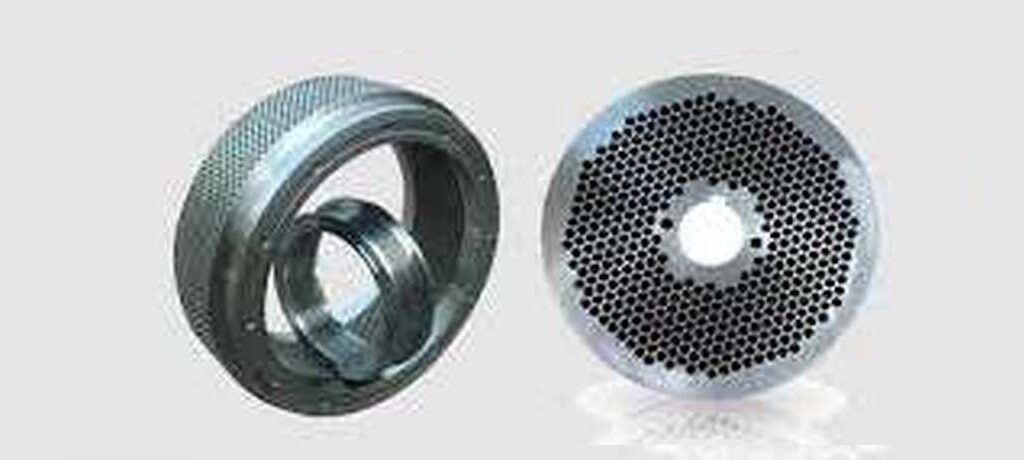
Biomass Pellet Mill Ring die vs Flat die
Design and Operation:
Ring Die Pellet Mills: Have a circular die with holes and rollers that rotate inside the die. They are suitable for large-scale production and are commonly used in commercial pelletization plants1.
Flat Die Pellet Mills: Feature a flat die with multiple holes and rollers that press the biomass through these holes. They are more compact and suitable for small to medium production scales.
Production Capacity:
Ring Die: Designed for high-volume production, making them ideal for industrial use where large quantities of pellets are required.
Flat Die: Better suited for smaller production volumes and are often used for on-farm or small business pellet production.
Efficiency and Maintenance:
Ring Die: Tend to be more energy-efficient and produce less wear and tear on the rollers, but they require more maintenance and have a higher initial cost.
Flat Die: Generally easier to clean, maintain, and operate. They are also less expensive than ring die pellet mills.
Pellet Quality:
Ring Die: Often produce more consistent and higher-density pellets, which is preferable for commercial biomass pellet production.
Flat Die: Can produce high-quality pellets but may have more variability in pellet size and density.
Each type has its advantages and is best suited for specific applications based on the scale of production, cost considerations, and desired pellet quality. For large-scale, consistent, and efficient pellet production, ring die pellet mills are typically the preferred choice. For smaller-scale operations that require more flexibility and lower costs, flat die pellet mills may be more appropriate.